Longhorn Cowfish EXPERT ONLY
$59.99
Lactoria cornuta
| Care Level | Expert Only |
| Temperament | Peaceful |
| Color Form | White, Yellow |
| Diet | Omnivore |
| Reef Compatible | With Caution |
| Water Conditions | sg 1.020-1.025, 72-78° F, dKH 8-12, pH 8.1-8.4 |
| Max Size | 1’8″ |
| Family | Ostraciidae |
| Minimum Tank Size | 250 gallons |
Live Arrival Guarantee
SKU:
498
Categories: Boxfish, Saltwater Fish
Tags: Affordable Aquaria, Boxfish, Dr Reef, Lactoria cornuta, Longhorn Cowfish EXPERT ONLY, Saltwater fish
Description
Overview
The longhorn cowfish (Lactoria cornuta) is a distinctive marine fish known for its box-shaped body and prominent, cow-like horns. It is native to the Indo-Pacific region and is notable for its unique swimming style and toxic defense mechanism.
Key Characteristics
- Appearance: It has a hard, box-like carapace made of fused, hexagonal scales, with fins and a tail protruding from the rigid structure. It typically has a yellow to olive base color decorated with white or bluish spots.
- Horns: It is named for the two long horns on its head and another pair of spines extending from the rear of its body. These are thought to make the fish harder for predators to swallow.
- Size: In the wild, longhorn cowfish can grow up to 20 inches (50 cm) in length, though they are usually smaller in aquariums.
- Swimming: It uses a unique method called “ostraciiform” locomotion, where it primarily moves using its dorsal and anal fins, giving it a hovering appearance.
- Defense: The fish’s skin is poisonous. When severely stressed or threatened, it can release a potent neurotoxin, ostracitoxin (or pahutoxin), into the water, which can be lethal to other fish in a confined space, including itself.
Habitat and Diet
- Habitat: The longhorn cowfish primarily lives in coral reef lagoons, on reef flats, and in protected areas with sandy or rubble bottoms in the tropical Indo-Pacific. Juveniles often hide among Acropora corals.
- Diet: It is an omnivore, feeding on benthic algae, microorganisms, sponges, polychaete worms, mollusks, and small crustaceans. It locates buried prey by blowing jets of water into the sand.
Aquarium Care
Keeping a longhorn cowfish is recommended for expert aquarists due to its specific needs and the risk associated with its toxin release.
- Tank Requirements: A large aquarium (minimum 180-250 gallons for an adult) is recommended, with plenty of open swimming space and a sandy substrate to allow for natural feeding behaviors. Low to moderate water flow is preferred.
- Tank Mates: They are generally peaceful but should not be housed with aggressive or fast-moving fish that may stress them or outcompete them for food. They are not considered strictly reef-safe as they may nibble on tubeworms and other small invertebrates.
- Feeding: A varied diet of high-quality meaty foods (e.g., mysis shrimp, chopped clams) and algae-based preparations is necessary.
- Handling: Traditional mesh nets should be avoided to prevent their horns from getting snagged and to minimize stress. Coaxing them into a plastic container is a safer method.
Approximate Purchase Size: Small: 1″ to 2″; Medium: 2″ to 3; Large: 3″ to 5″
| Caution: This species secretes or releases toxins when stressed or injured that may kill fish in the aquarium. LiveAquaria.com cannot accept responsibility for any loss that may occur should this animal poison the aquarium.
Please note: We guarantee that ALL aquaria species we offer will arrive alive and in good condition. However, because of the increased level of care required for this particular species, it has been designated as “Expert Only.” This species is recommended only for the expert aquarist, zoo, or research institution. ?Expert Only? aquatic life is exempt from our extended guarantee after their arrival. |
Additional information
| Service Level |
Conditioned |
|---|
Reviews (0)
Only logged in customers who have purchased this product may leave a review.
Shipping & Delivery
Related products
Bicolor Blenny
$39.99
Ecsenius bicolor
| Care Level | Easy |
| Temperament | Peaceful |
| Color Form | Blue, Orange |
| Diet | Herbivore |
| Reef Compatible | Yes |
| Water Conditions | sg 1.021-1.023, 72-78° F, dKH 8-12, pH 8.1-8.4 |
| Max Size | 4" |
| Family | Blenniidae |
| Minimum Tank Size | 30 gallons |
7-Day Guarantee
Select options
This product has multiple variants. The options may be chosen on the product page
Copperband Butterflyfish
$129.99 – $169.99Price range: $129.99 through $169.99
Chelmon rostratus
| Care Level | Difficult |
| Temperament | Peaceful |
| Color Form | Orange, White, Yellow |
| Diet | Carnivore |
| Reef Compatible | With Caution |
| Water Conditions | sg 1.020-1.025, 72-78° F, dKH 8-12, pH 8.1-8.4 |
| Max Size | 8" |
| Family | Chaetodontidae |
| Minimum Tank Size | 125 gallons |
7-Day Guarantee
Select options
This product has multiple variants. The options may be chosen on the product page
Dot Dash Punctato Butterflyfish
$67.99
Emperor Angelfish (Juvenile)
$149.99
Pomacanthus imperator
| Care Level | Moderate |
| Temperament | Semi-aggressive |
| Color Form | Black, Blue, White, Yellow |
| Diet | Omnivore |
| Reef Compatible | With Caution |
| Water Conditions | sg 1.020-1.025, 72-78° F, dKH 8-12, pH 8.1-8.4 |
| Max Size | 1'3" |
| Family | Pomacanthidae |
| Minimum Tank Size | 220 gallons |
7-Day Guarantee
Select options
This product has multiple variants. The options may be chosen on the product page
Flame Hawkfish
$79.99
Gift Card
$10.00 – $100.00Price range: $10.00 through $100.00
Select amount
This product has multiple variants. The options may be chosen on the product page
Lawnmower Blenny
$34.99
Salarias fasciatus
| Care Level | Easy, Moderate |
| Temperament | Peaceful |
| Color Form | Assorted, Green, Tan |
| Diet | Herbivore |
| Reef Compatible | Yes |
| Water Conditions | sg 1.020-1.025, 72-78° F, dKH 8-12, pH 8.1-8.4 |
| Max Size | 5" |
| Family | Blenniidae |
| Minimum Tank Size | 30 gallons |
7-Day Guarantee
Select options
This product has multiple variants. The options may be chosen on the product page
Majestic Angelfish
$279.99 – $439.99Price range: $279.99 through $439.99
Pomacanthus navarchus
| Care Level | Moderate |
| Temperament | Semi-aggressive |
| Color Form | Black, Blue, White, Yellow |
| Diet | Omnivore |
| Reef Compatible | No |
| Water Conditions | sg 1.020-1.025, 72-78° F, dKH 8-12, pH 8.1-8.4 |
| Max Size | 1' |
| Family | Pomacanthidae |
| Minimum Tank Size | 180 gallons |
7-Day Guarantee
Select options
This product has multiple variants. The options may be chosen on the product page

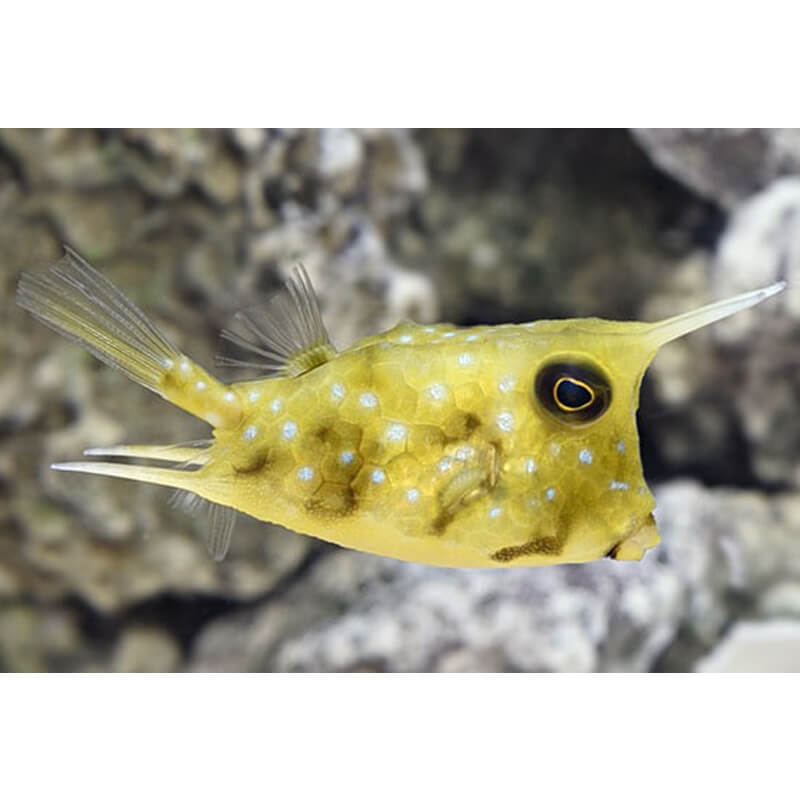
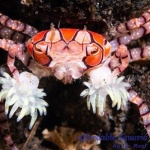

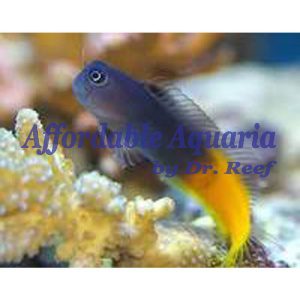
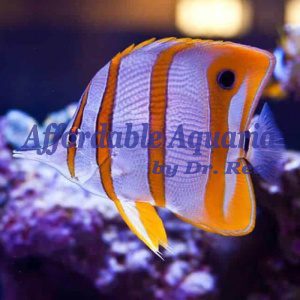
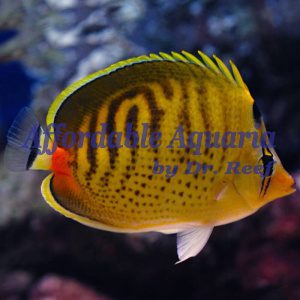
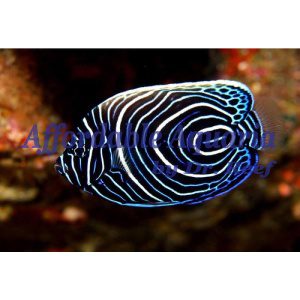
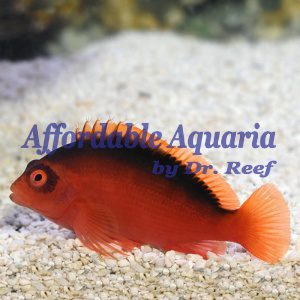
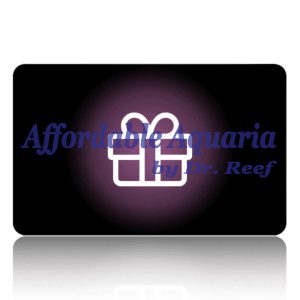
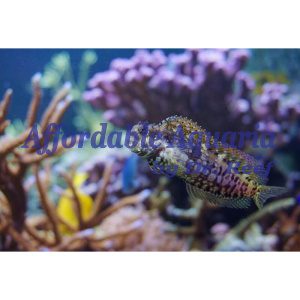
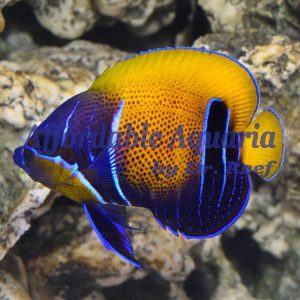
Reviews
There are no reviews yet.